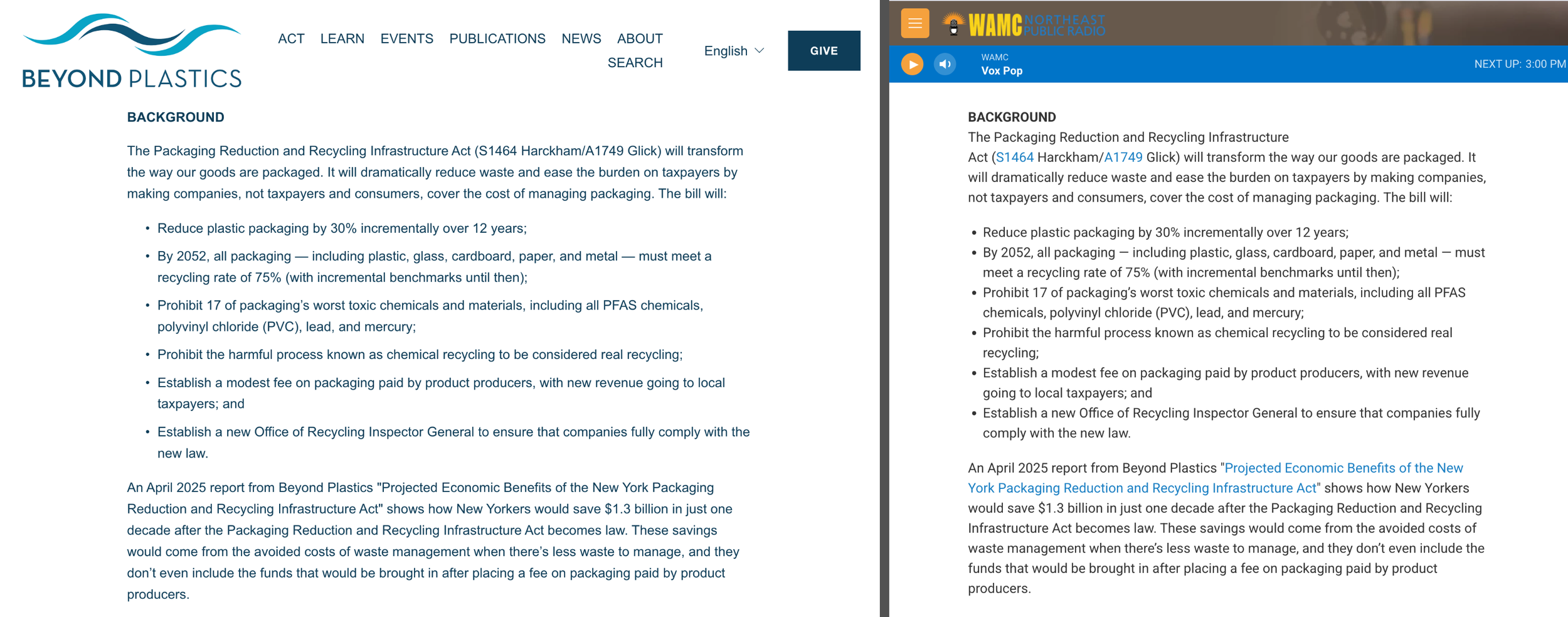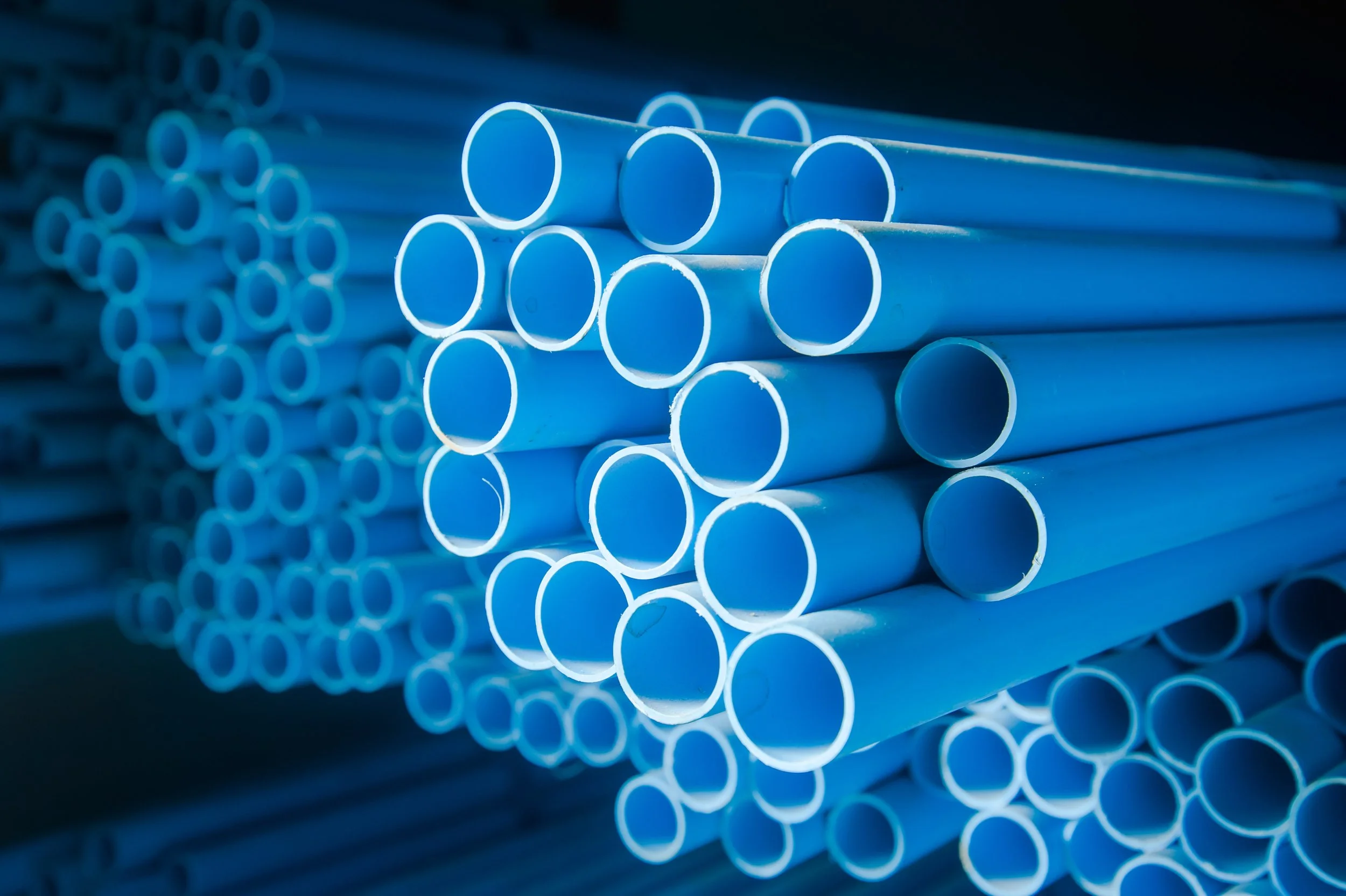If you're like most people, you're preparing to celebrate the holidays with your family: sharing a delicious meal, watching "A Christmas Story" on repeat and opening gifts with your children. But there's another annual tradition anti-PVC activists and their allies in the press love to celebrate this time each and every year — spreading unnecessary holiday fear over artificial Christmas trees.
Earlier this month, Family Handyman recycled the greatest hits of anti-PVC activism in this story, erroneously alleging that synthetic trees could contribute to a wide variety of health maladies, despite no evidence to back it up. Let's examine the article's assertions with the clarity and precision Family Handyman should have employed itself.
No evidence, anywhere
First, the notion that PVC is "poison" is entirely ridiculous. The article cites no supporting data to justify this assertion, because there is no evidence to cite. As we have explained time and again, PVC itself is inert, meaning it doesn’t react chemically with other substances. Under normal operating conditions—sitting in the corner of your living room—synthetic Christmas trees do not pose a health risk from harmful chemical exposure.
News outlets, Family Handyman included, love to point out that very high doses of vinyl chloride, a chemical used to manufacture PVC, were once linked to a rare liver cancer in industrial workers (not the general public). What they're less keen to explain is that this disease has been "virtually eliminated," per the CDC. A basic fact-check would have confirmed this critical safety detail.
Speaking of fact-checking, the article's warning that synthetic trees off-gas harmful levels of volatile organic compounds (VOCs) is total speculation. Regulators have repeatedly cleared PVC for consumer and industrial use, for example in medical devices and food packaging. If there were genuine dangers, we'd see epidemiological data linking PVC trees to illnesses. Instead, these claims from the media often stem from cherry-picked lab tests under extreme conditions—or they're just made up.
Biased sources
The lack of factual information in the story may stem from one of its key sources, Mike Schade from Toxic-Free Future, an activist group we've corrected multiple times. Schade is presented as an authority, but he's far from an impartial expert. His organization campaigns against plastics broadly, and their claims about plastic are often entirely false or misleading. Any NGO or individual with such a spotty track record does not deserve the "expert" title Family Handyman bestowed on Schade.
No balance
Most troubling, however, is the article's bias in excluding a balanced perspective. Family Handyman solicited (and received) a statement from the Vinyl Institute, the industry's leading voice on safety and sustainability, but omitted it entirely from its article. This omission slants the narrative, misleading readers by presenting only one side. Here's the full statement provided by the Vinyl Institute. Note that the facts below would have exposed the critical flaws in Family Handyman's coverage:
"Vinyl products are manufactured to meet rigorous U.S. safety and environmental standards, delivering exceptional durability that is designed for long-term use. In the United States, the vinyl industry has been working to increase adoption of the +Vantage Vinyl sustainability program, the world’s first and only sustainability program that addresses an entire industry. Thirty companies - including the leading vinyl compound suppliers - bearing the +Vantage Vinyl-verified mark signal to the world that they meet important environmental, health, and social criteria. One of the mandatory criteria is that lead is not used as an added ingredient in vinyl components.
Furthermore, vinyl is relied on by hospitals because it can withstand the harsh cleaning chemicals that are used to keep surfaces safe for patients, staff and visitors alike. Any issues involving mildew buildup or mold stem from storage conditions, not the vinyl itself. Vinyl is a safe and responsible choice for homes, and simple care will keep these products clean and reliable for years to come."
We encounter reporters all the time who defy their journalistic responsibilities by publishing stories without contacting the vinyl industry for comment. But when a reporter requests a statement — and throws it directly in the trash bin? That's something that will put you straight on our naughty list.
If you're among the 83 percent of Americans who have switched to an artificial Christmas tree, know that you made a safe, eco-friendly choice that will last for decades. So hear hear! Enjoy your artificial tree, without worry or fear. And spend this special time of year, with those you hold dear — and celebrate with some Christmas cheer!
Happy Holidays from all of us at Vinyl Verified!










